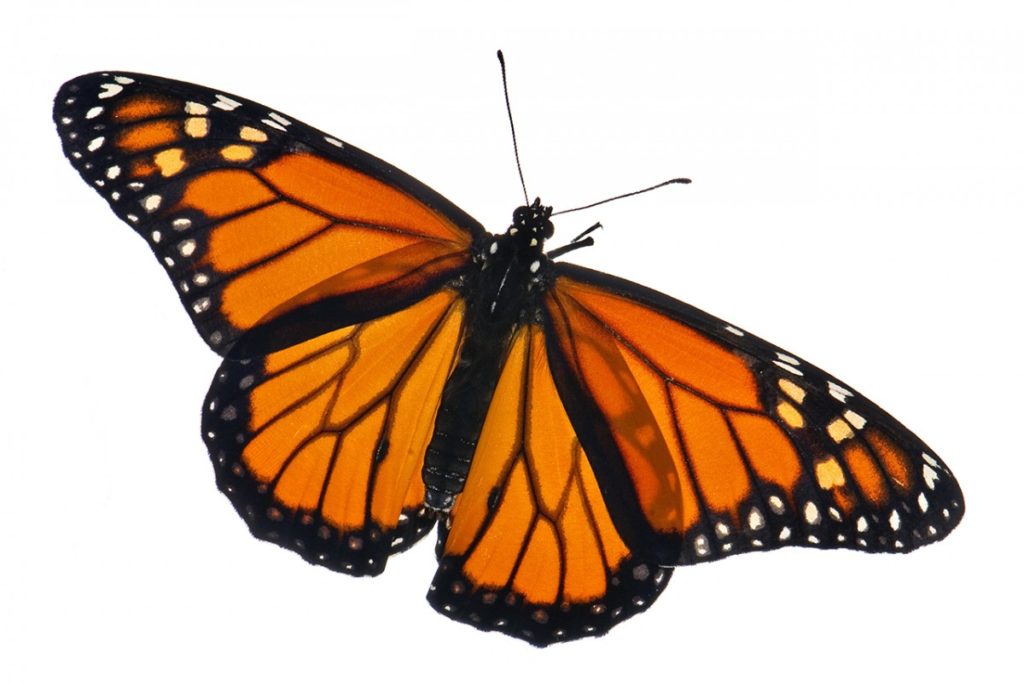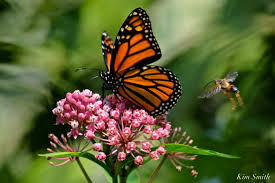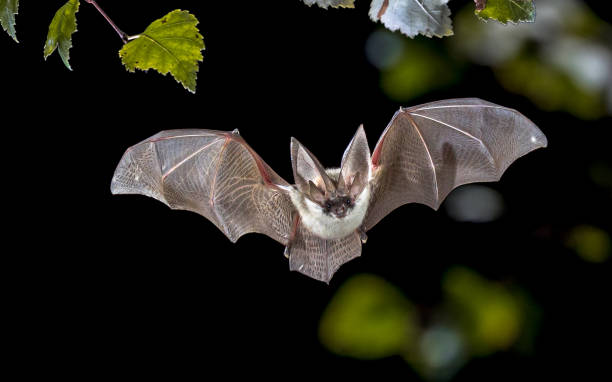As most of you know, our pollinators are in deep trouble and ultimately in danger of extinction. The causes are diverse and challenging.
Beginning with honeybees, scientists report that a class of insecticides called “neonics” is mainly responsible for their stunning decline. The Natural Resources Defense Council (NRDC) states that nearly 40% of U.S. honeybee colonies collapsed last year, the worst loss ever! The neonics are thousands of times more toxic to bees than old DDT. Next there is glyphosate (Roundup). Glyphosate is a broad-spectrum herbicide, one of the most intensely applied pesticides in the world. It was originally manufactured by Monsanto, now owned by the German based Bayer. In fact, the World Health Organization classifies glyphosate as a likely carcinogen. Friends of the Earth reports that Germany (home of Bayer) announced that they are banning the pesticide, joining many countries in banning it or setting severe limits on its use. It has been so profitable that Bayer/Monsanto can spend millions promoting/defending its use. Call it corporate greed.
According to NRDC, our EPA approved the sale of Bayer’s neonic products, imidacloprid and clothianidin, without considering their impacts on bees, butterflies and birds – a violation of the Endangered Species Act. They estimate neonics are applied to 150 million acres of crops each year in the U.S.! The way it works – the neonics are systemic. When they are absorbed into plant tissue, the plant becomes a “poison factory” sending toxins to the plant’s roots and up to the nectar, the bee café. As these toxins show up in our food and water, there is growing concern that they may impact human health. In spite of the bee losses, the EPA approved the use of another pesticide, “sulfoxaflor” that is toxic to bees at all stages of life.
As a young girl, my family leased an abandoned tree nursery, about five acres where we kept our horses. A beautiful little creek flowed through the woods. I stopped there often, on the way home from school, to play with the horses. One late afternoon in September, I noticed that all the tree leaves seemed to have prematurely turned brownish-gold. It was too early in the season. Looking more closely, I discovered that Monarch butterflies had chosen this place for their overnight rest. There were hundreds of thousands of them!

Awestruck, I could not stop walking through the blanketed trees, seeing Monarch wings open and close. Their graceful movement exposed the breathtaking colors, sunset orange, defined by black lines fanning out from the head and white polka dots splattered over the black edged border of the wings. I have never seen that magical thrill again. Our Monarch Butterfly populations have steadily declined for several years, also due to climate change, habitat and wildflower loss. The Environmental Defense Fund (EDF) explains that the Monarch life cycle depends on abundant milkweed for food, shelter and a place to lay their eggs. In the U.S., the heavy use of herbicides, wildfires, and extreme droughts have decreased milkweed habitat. EDF is trying to save the Monarchs by restoring and protecting milkweed habitat along their migration routes to and from Mexico to the states in the center of the U.S., called the “corn belt”, to our Southeastern states and California.

They work with farmers, ranchers and landowners rebuilding monarch habitat with a creative new conservation tool called “Habitat Exchange”. This makes protecting monarchs profitable by paying farmers and landowners to plant and preserve milkweed habitat. The more habitats they maintain, the more they earn. The problem is that milkweed is considered a nuisance to the agricultural economy on many working lands. Productive farmers convert marginal lands to cropland, increase herbicide use and milkweed is eradicated from the landscape, disastrous for monarchs and other pollinators. Other ideas include working with State Highway Departments to encourage them to plant milkweed along highway edges and the median. This practice would help replenish milkweed corridors for the amazing Monarchs.

Audubon, Arkansas has spoken at the State Plant Board meetings to explain how Dicamba use puts birds and all pollinators at risk, asking the Board to establish an earlier April cutoff date for applying Dicamba. The Sierra Club in Fayetteville, AR says the Mayor has committed to aid the efforts of restoring habitats for Monarchs through the “Mayors pledge” with the National Wildlife Federation. Individuals and organizations have used consumer action and steady pressure to convince the home and garden stores to eliminate products containing toxic chemicals such as glyphosate and bee-killing neonics. The good news is that some of the largest stores selling these products have removed them from their shelves. Friends of the Earth are working hard to convince Kroger grocers, the country’s largest supermarket chain, to refuse to sell products grown with bee-killing pesticides. Friends say “food growers will have to start supplying pesticide-free food that is better for bees, better for the planet, better for us.”
Last, The Nature Conservancy (TNC) reports that bats are disappearing at an alarming rate, by the millions, putting nature’s balance at serious risk. TNC calls bats “unsung heroes” whether they are eating thousands of mosquitoes every night or pollinating vital plants, vegetables and flowers, so they can grow. TNC recently saved the largest bat colony in the world, in Texas, from a 3,500-home subdivision which would have severely damaged their habitat. That cave is home to about 20 million Mexican free-tail bats.

According to TNC, White Nose Syndrome has killed more than 5.7 million bats in No. America. In the first ever successful field trials fighting this disease, Nature Conservancy-funded scientists have tested a promising treatment using common bacteria. They plan to expand this research to assure they’ve found the best treatment, on the huge scale needed, to save the bats. They have funded new rounds of research but predict it will take years of work to get the best treatments out of labs and into caves across the country to stop entire species of bats from dying.
We can be very proud of our partners in conservation whether it is rivers, wilderness or our abundant wildlife.
We all love nature, so PLEASE jump in, help support the un-ending efforts to save our wondrous pollinators – honeybees, butterflies, hummingbirds and bats. Speak up to your Senators, Congressmen and women, both state and federal, about getting toxic herbicides and pesticides off retail shelves. Remind them that such products poison the land and are already appearing in our foods.
Now, go watch those beautiful, brave but struggling critters!
NOTE:
Audubon Arkansas will present a ZOOM meeting about Dicamba
Thursday, September 10 from 7 PM to 8 PM. The Zoom meeting ID is 951 3941 5527
Register at:
https://audubon.zoom.us/meeting/register/tJEsdOCsrz4vGNOQjdj5_F8Yi604Fhipynj9
Program: Monsanto/Bayer is pushing soybean and cotton varieties that are genetically modified (GM) to be resistant. Because of Dicamba ‘s volatility, it can drift on the wind damaging non-GMO crops and native plants far beyond where it was applied, putting birds and other pollinators at risk.
